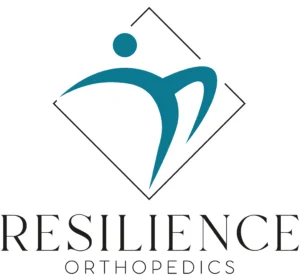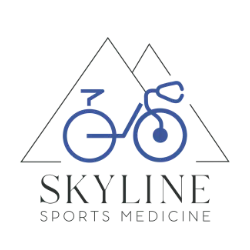Shoulder Doctor in Los Gatos, San Jose
Dr. Pamela Mehta, Orthopedic Surgeon
Dr. Pamela Mehta, Orthopedic Surgeon & Shoulder Specialist
Is shoulder pain holding you back, making even the simplest tasks feel impossible?
Dr. Pamela Mehta, a leading shoulder doctor in San Jose, has helped countless patients recover from chronic shoulder pain including issues like shoulder bursitis , swimmer’s shoulder and bicep tendonitis. Using her advanced skills and personalized approach, Dr. Mehta can help you rebuild strength and mobility, allowing you to reclaim life without limits.
Don’t let shoulder pain define your days any longer! Schedule your consultation with Dr. Mehta today and begin your journey towards relief.
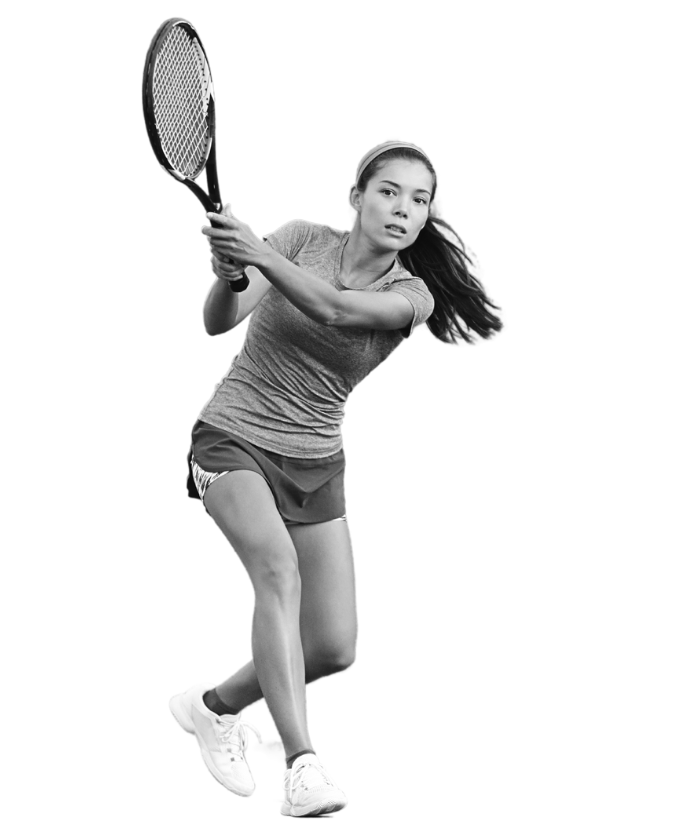

About Dr. Pamela Mehta, MD
The Best Shoulder Doctor in San Jose
Dr. Pamela Mehta is the founder of Resilience Orthopedics and a trusted shoulder doctor in San Jose. As a board-certified orthopedic surgeon, she provides exceptional care that helps patients move freely and live pain-free.
Dr. Mehta specializes in treating a wide range of shoulder conditions, including sports injuries, arthritis, and more. Trained by Dr. Louis Bigliani, a pioneer in shoulder replacement surgery, Dr. Mehta uses the latest techniques to deliver care tailored to each patient’s needs. This unique experience makes her one of the top shoulder specialists in San Jose.
In addition to her expertise, Dr. Mehta’s compassion sets her apart. As a mother and active athlete, she understands firsthand the frustration of being held by pain—and is dedicated to helping you overcome it. With Dr. Mehta, you’ll not only receive expert care but also the ongoing support you need to reclaim your function and freedom.
About Dr. Pamela Mehta, MD
The Best Shoulder Doctor in San Jose
Dr. Pamela Mehta is the founder of Resilience Orthopedics and a trusted shoulder doctor in San Jose. As a board-certified orthopedic surgeon, she provides exceptional care that helps patients move freely and live pain-free.

Dr. Mehta specializes in treating a wide range of shoulder conditions, including sports injuries, arthritis, and more. Dr. Mehta uses the latest techniques to deliver care tailored to each patient’s needs. This unique experience makes her one of the top shoulder specialists in San Jose.
As a mother and active athlete, Dr. Mehta understands firsthand the frustration of being held by pain and is dedicated to helping you overcome it. With Dr. Mehta, you’ll receive not only expert care but also the ongoing support you need to reclaim your function and freedom.
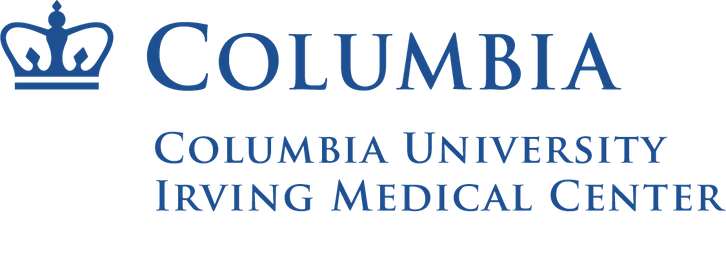

Shoulder Services
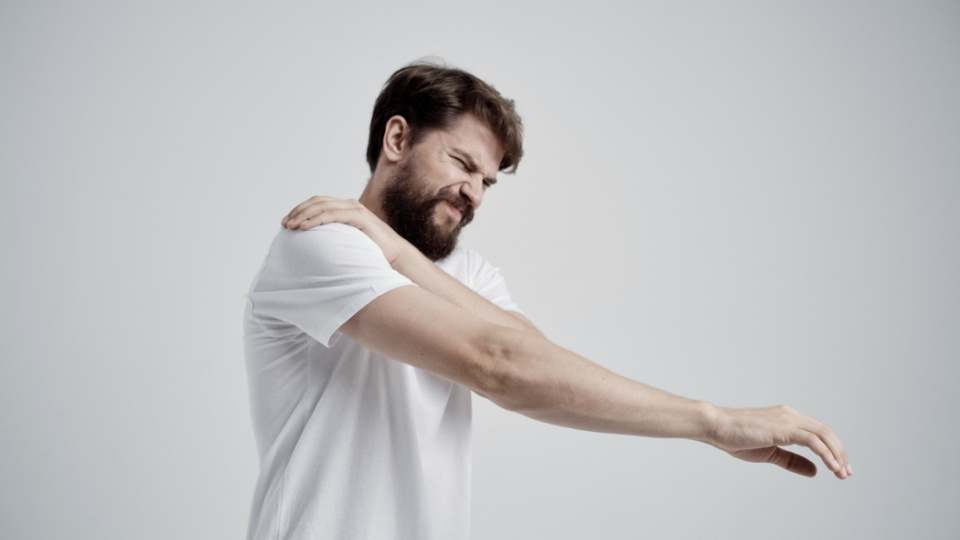
Shoulder Pain Consultation
Struggling with shoulder pain?
Dr. Mehta listens carefully to understand your unique situation and get to the right diagnosis.
She’ll work with you to find a solution to help you move without discomfort.
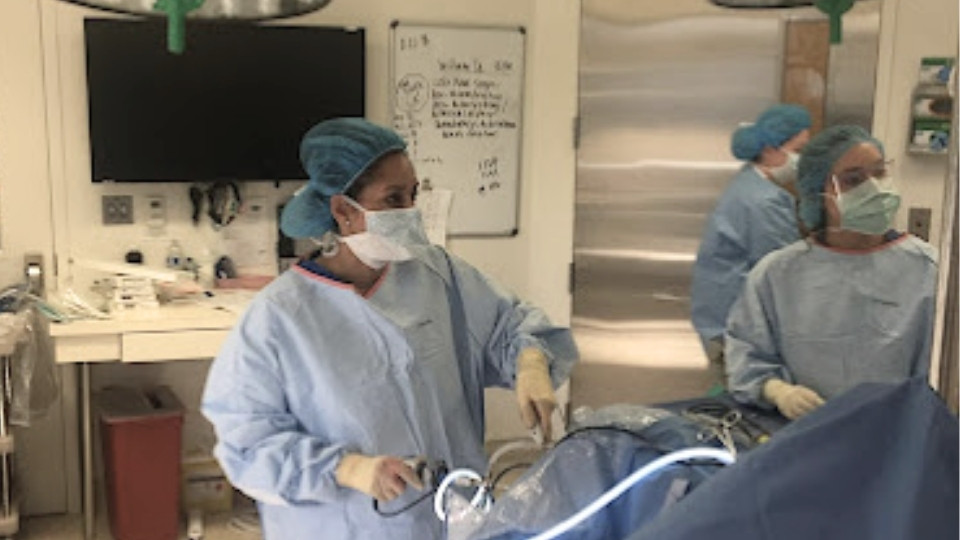
Shoulder Surgery
If conservative treatments like rest and physical therapy fail and pain persists, shoulder surgery may be necessary.
Dr. Mehta uses advanced minimally invasive techniques to help you recover as quickly as possible.
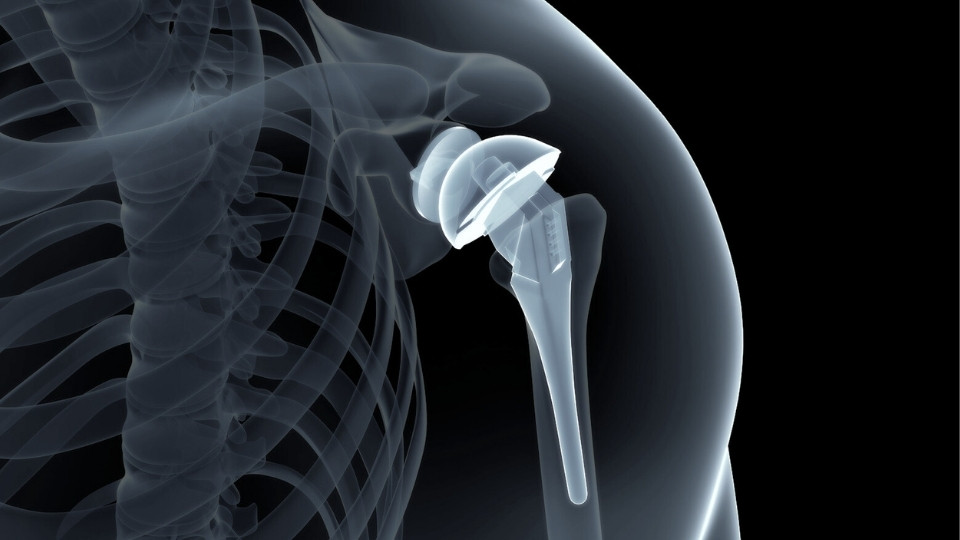
Shoulder Replacement
Severe arthritis, rotator cuff arthropathy, or serious trauma may cause persistent shoulder dysfunction, often requiring shoulder replacement.
Dr. Mehta uses the latest methods to restore movement and help return to normal activities.
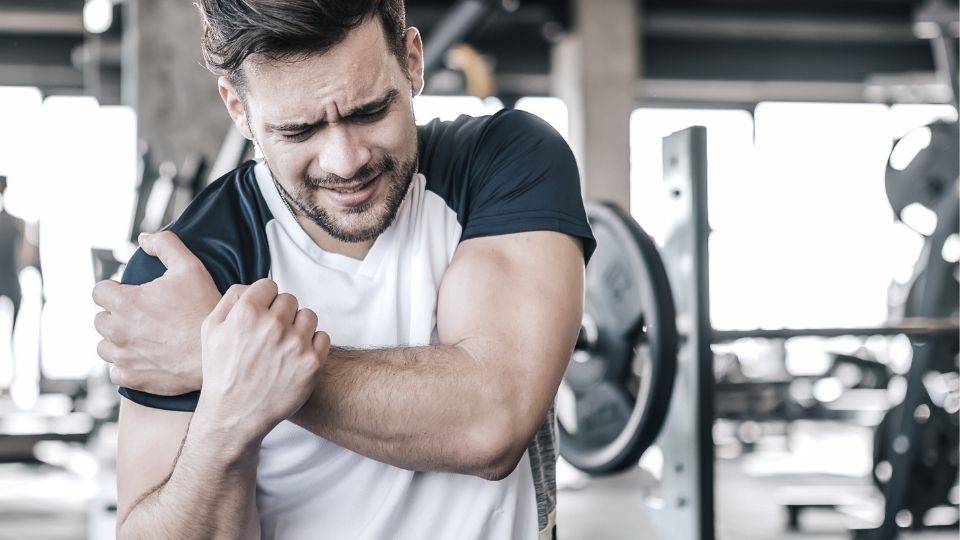
Sports Injuries
From tennis elbow to rotator cuff tears, sports injuries can be tough.
Using advanced rehabilitation approaches, Dr. Mehta can help you heal quickly and get back to your game.
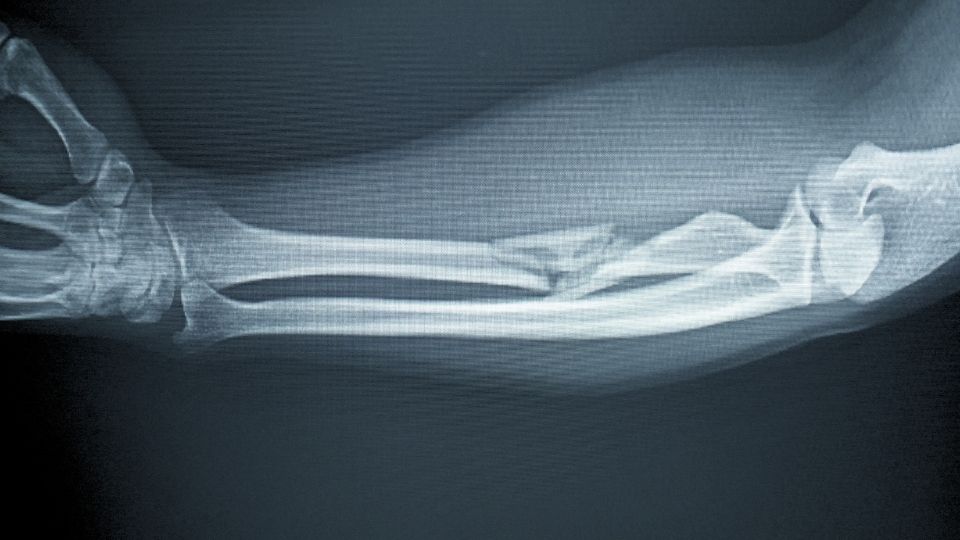
Arm Fractures
An arm fracture could set you back for months or years if not dealt with properly.
Dr. Mehta uses advanced treatments to help you confidently recover your active life. We’ll get you back in action as soon as possible.

Arthritis Care
Dr. Mehta offers diagnosis and personalized treatment plans to ease shoulder arthritis pain.
Book an appointment to start your journey in improving mobility and finding arthritis pain relief.
Why Resilience Orthopedics?
At Resilience Orthopedics, you’re treated with personalized care from start to finish. As a top shoulder doctor in San Jose, Dr. Mehta ensures you feel heard, supported, informed, and empowered every step of the way.
What you can expect:
Clear communication: Dr. Mehta takes the time to explain everything to you. You’ll always know what’s happening with your care and have your questions answered.
Accurate diagnosis: Using advanced imaging tools like ultrasound and MRIs, Dr. Mehta Promptly identified the root cause of your pain. This helps create an effective and efficient treatment plan from Day 1.
Personalized treatment: Every patient is different, and so is their path to recovery. Dr. Mehta designs a treatment plan just for you that fits into whatever your life or situation may be, so you can enjoy your favorite activities again.
Ongoing support: While healing takes time, Dr. Mehta will support you at every step of your recovery journey. She checks in regularly until you’re back to feeling your best.
Get in Touch
Testimonials


Step 1: Booking
Contact us online or by phone, and we’ll schedule your appointment at a time that works best for you.
Step 2: Consultation
Meet with Dr. Mehta, virtually or in person, to discuss your shoulder symptoms, history, concerns, and goals.
Step 3: Investigations
If necessary, Dr. Mehta may recommend imaging such as X-rays or MRIs to evaluate your shoulder’s condition.
Step 4: Treatment Plan
Work with Dr. Mehta to create a treatment plan tailored to your lifestyle and preferences.
How it Works
Step 1: Booking
Contact us online or by phone, and we’ll schedule your appointment at a time that works best for you.
Step 3: Investigations
If necessary, Dr. Mehta may recommend imaging such as X-rays or MRIs to evaluate your shoulder’s condition.
Step 2: Consultation
Meet with Dr. Mehta, virtually or in person, to discuss your shoulder symptoms, history, concerns, and goals.
Step 4: Treatment Plan
Work with Dr. Mehta to create a treatment plan tailored to your lifestyle and preferences.
Shoulder Conditions
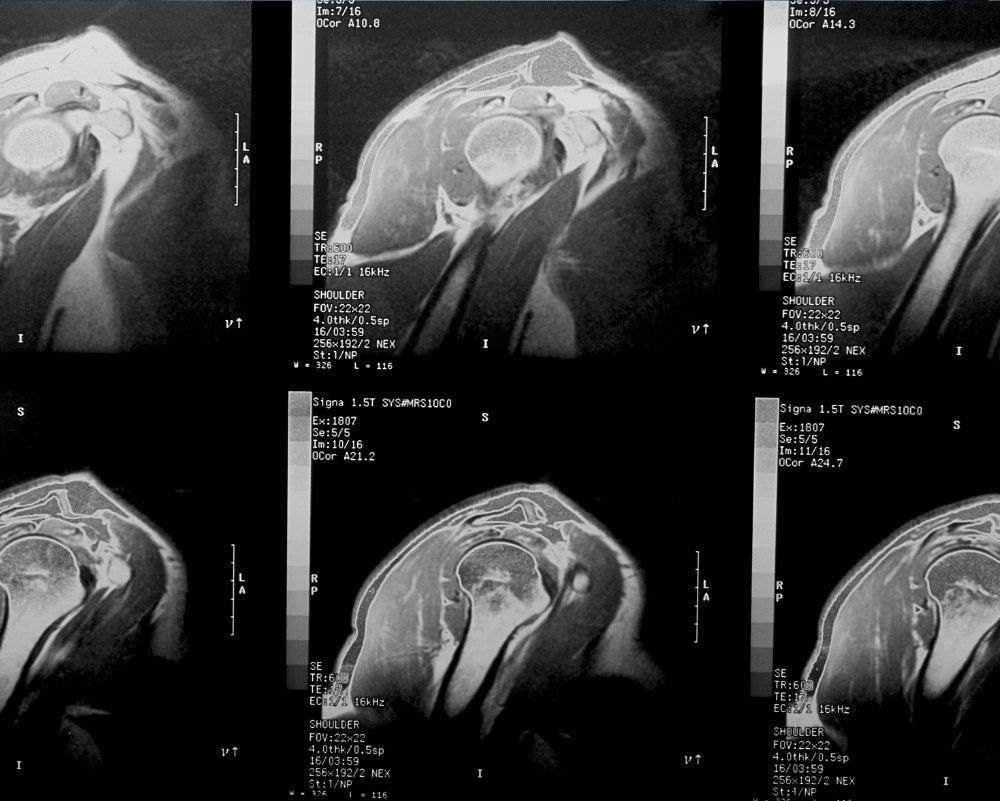
Rotator Cuff Tear
Did you feel a sharp pain or weakness in your shoulder, and now it’s difficult to lift or move your arm? It could be a rotator cuff tear.
Dr. Mehta can assess your condition and use proven treatments, from physical therapy to surgery, tailored to help you recover.
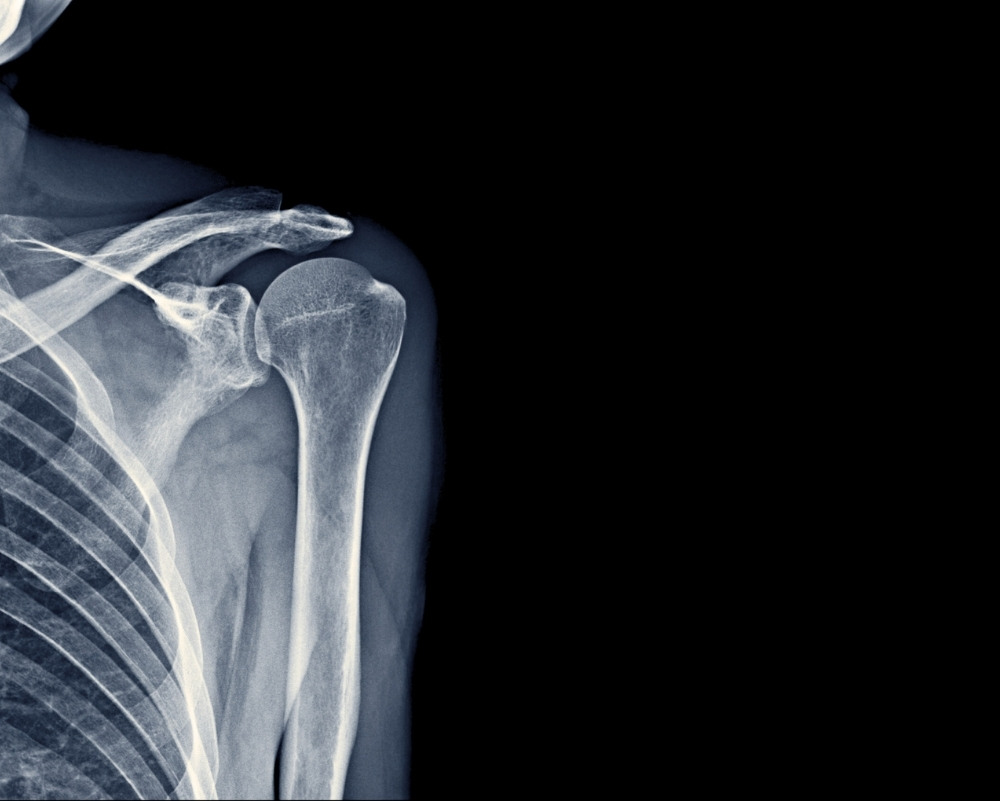
Frozen Shoulder
If your shoulder feels stiff and hard to move, you may be dealing with a frozen shoulder.
Dr. Mehta can help you restore motion with low-risk treatments, such as targeted physical therapy, avoiding surgery unless absolutely needed.
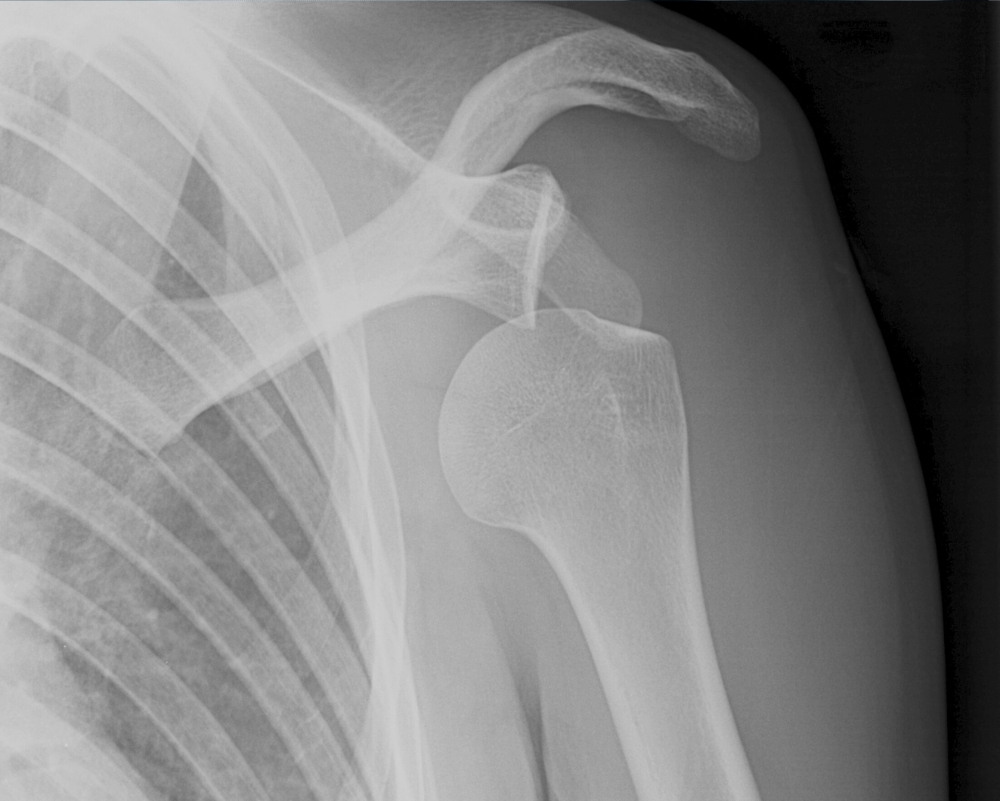
Dislocation
Did your shoulder pop out of place? Shoulder dislocations can cause pain and instability.
Dr. Mehta can realign and help you strengthen your shoulder, helping prevent future dislocations.
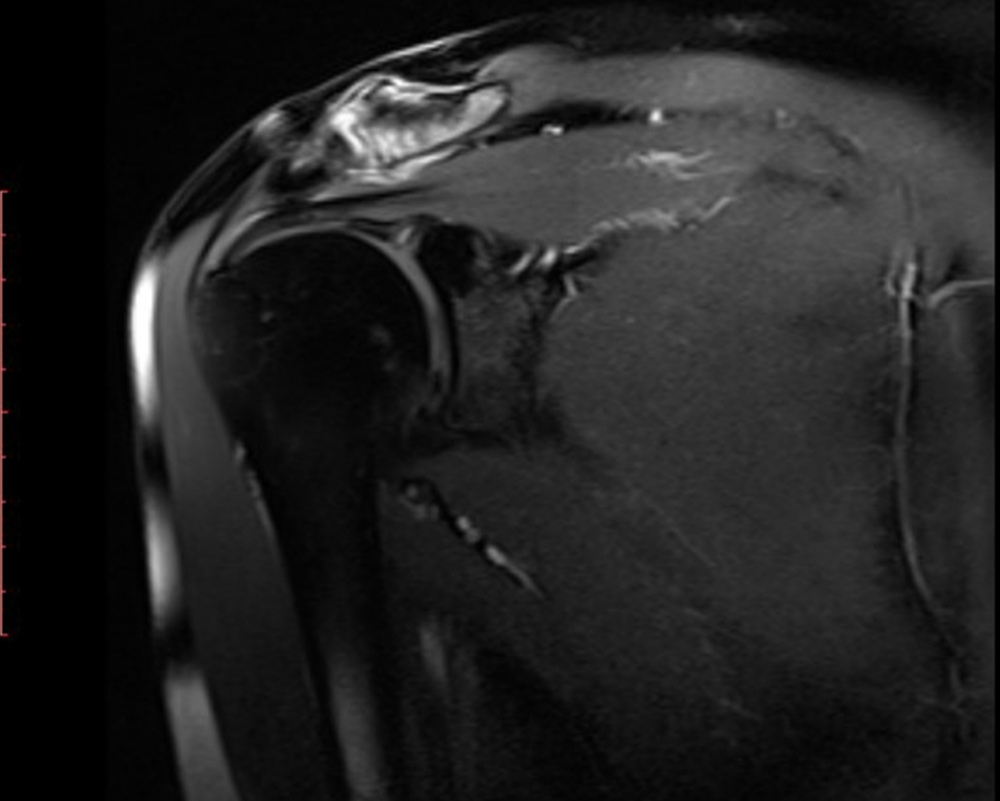
Shoulder Impingement
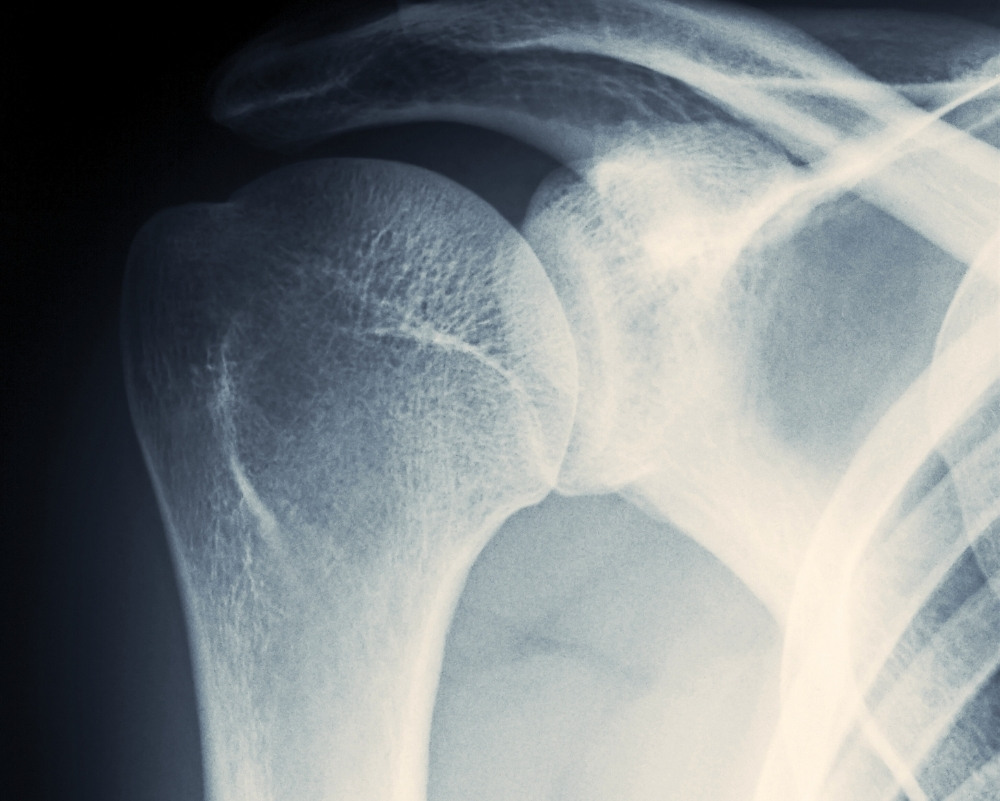
If you’re looking for a shoulder doctor who truly cares, Dr. Pamela Mehta is here to support you.
Whether you’re missing out on family outings, struggling with daily tasks, or sidelined from your favorite sport, Dr. Mehta is here to help you get back to your life.
